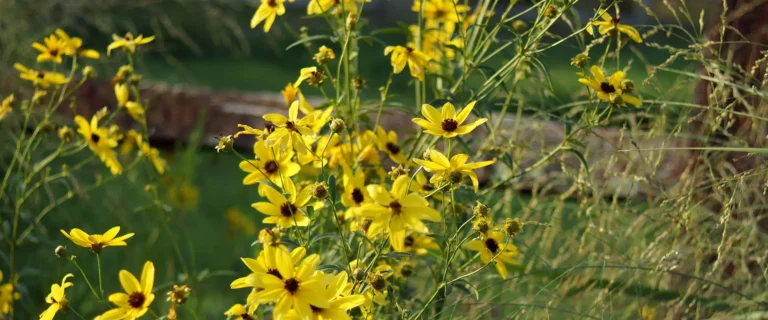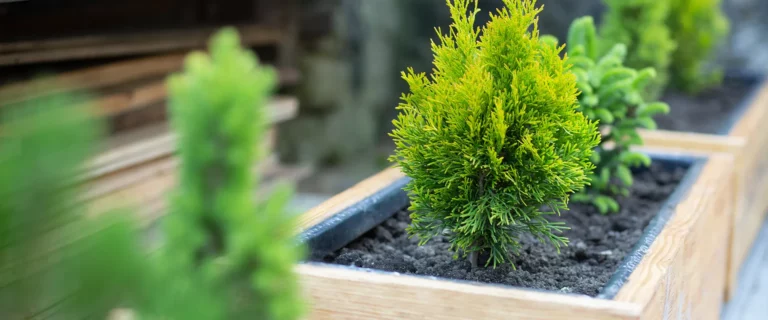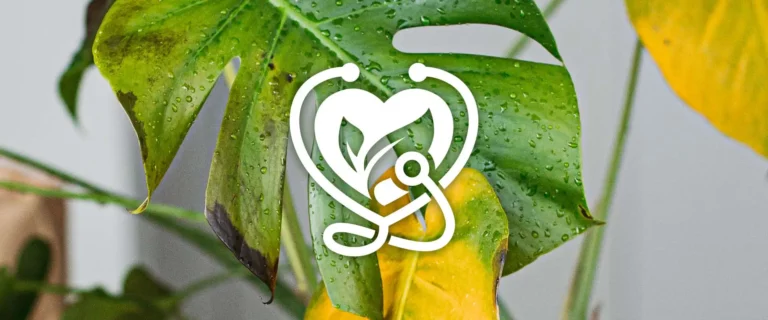They’re beguiling. They’re bewitching. They’re begonias and they’re Sean’s favorite annual. Sean, our horticulture guru here at The Gardener’s Center, says they’re the easiest to take care of. And quite pretty, to boot!
The begonia is a big genus in the plant world, with over 2,000 species, and begonias are found on four continents around the world. Typically growing in subtropical or tropical climates, begonias are coveted and prized as houseplants, in addition to those you plant outdoors.
The landscape annuals, those you plant in cold-winter climates like Connecticut, are our focus today. And these begonias are not the same as the begonias you’d find in garden centers 20 or 30 years ago. Those were wax-leaf begonias that were sold in the little six-packs, and good for shady spots only. Not to mention, they just weren’t that impressive. Or as Sean says, “They were kinda meh.”
Here’s what to know about today’s amazing begonias…
Begonias are incredibly flexible with their light requirements.
Say, for example, you have a garden or porch space where you want to have the same flowering plants, but the light conditions aren’t the same in that space. (Your porch has a northern exposure, and wraps around to also have a western exposure…) That just won’t work with petunias or with geraniums or with impatiens.
Gardening here in the north, in Connecticut, begonias are almost indifferent to light conditions. They will grow in the full sun, they will grow in the full shade, and they will grow in “peek-a-boo” sun. So if you know you have differing light conditions, or you don’t know what your light conditions are at all, begonias may be the answer.
Most are super simple to incorporate into a sunny or a shady spot.
Begonias aren’t too particular about their watering schedule.
In the heat of the summer, many annuals need to be watered Every. Single. Day. Begonias don’t. Most of them have big fleshy leaves, can store water in their stems, and they like to dry out between waterings. In fact, you can easily rot your begonias if you water them the same way you water other annuals like petunias and lantana. Make no mistake, they’re not going to go a week without water; they’re not cacti.
But… If you don’t want to water every day—or you’re forgetful—begonias are a great choice.
Begonias are insect and disease resistant.
Sean has never—never—had to spray begonias for any issue. That’s often a problem if you grow petunias or geraniums; you’ll get bugs eating the flowers. He has simply never had an insect or disease problem with begonias. Period.
Begonias don’t need to be dead-headed.
The begonia flowers just fall off and blow away. They may get a bit messy, especially the big blooms on the Non-Stop Begonias; you will probably need to “tidy up” or sweep up under your plants now and then.
Landscape begonias like these are almost foolproof!
Non-Stop Begonias: These have big blooms and you may want to keep them in shadier areas than other begonias.
Dragon Wing Begonias: Sean’s very favorite, these will grow in full, blazing sun as well as deep shade. Pro tip: Find a 10” begonia basket and put it in a 12” to 16” pot by itself. If you water and fertilize it as needed, it will reward you!
Angel Wing Begonias: These are smaller than the Dragon Wings, but are pretty and have a nice color range, and these will also do well in sun or shade. These are awesome in hanging baskets or mixed containers.
Modern Wax Leaf Begonias: These are a combination of the traditional Wax Leaf Begonias and the Dragon Wings, and are outstanding as well. Although they are smaller than the Dragon Wings, they are quite robust; these will do well in hanging baskets and are great in the landscape, in beds and borders.
So, if you don’t know your light conditions, if you’re not great with watering, if you don’t feel like spraying for bugs or disease, or if you don’t want to deadhead, give begonias a try!








